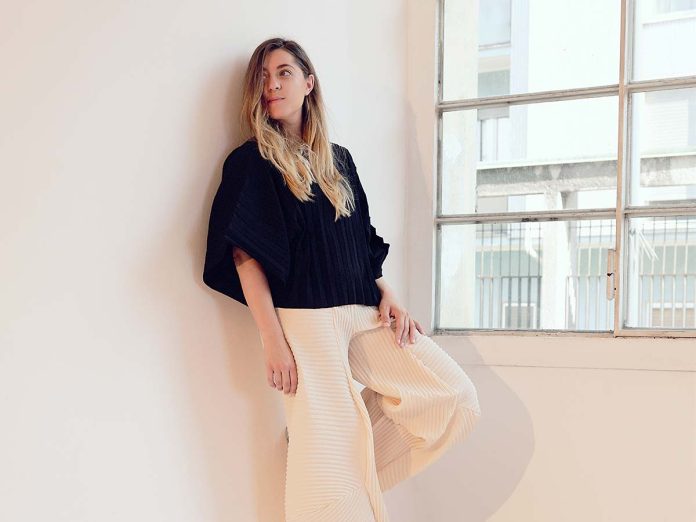A lively and creative design signature, Federica Biasi is a young talent who has already proven her versatility, from product design to art direction – as in her recent work for Decoratori Bassanesi and Manerba. But what she has demonstrated so far is just a ‘taste’ of what’s to come, in wider perspectives on her possibilities in these sectors.
A constellation of seating for Lema, Gallotti&Radice, Frigerio and LaCividina, outdoor systems and complements for Gervasoni, lighting for Mingardo, home office collections for Manerba, tableware for Nespresso. These are just some of the results of her creative flair, which is always fascinating for its ability to bring out the pure spirit of products with simple elegance.
In a conversation with the designer, we take stock of the evolution of her career, exploring her thinking on the latest themes of design, and discovering her next steps.
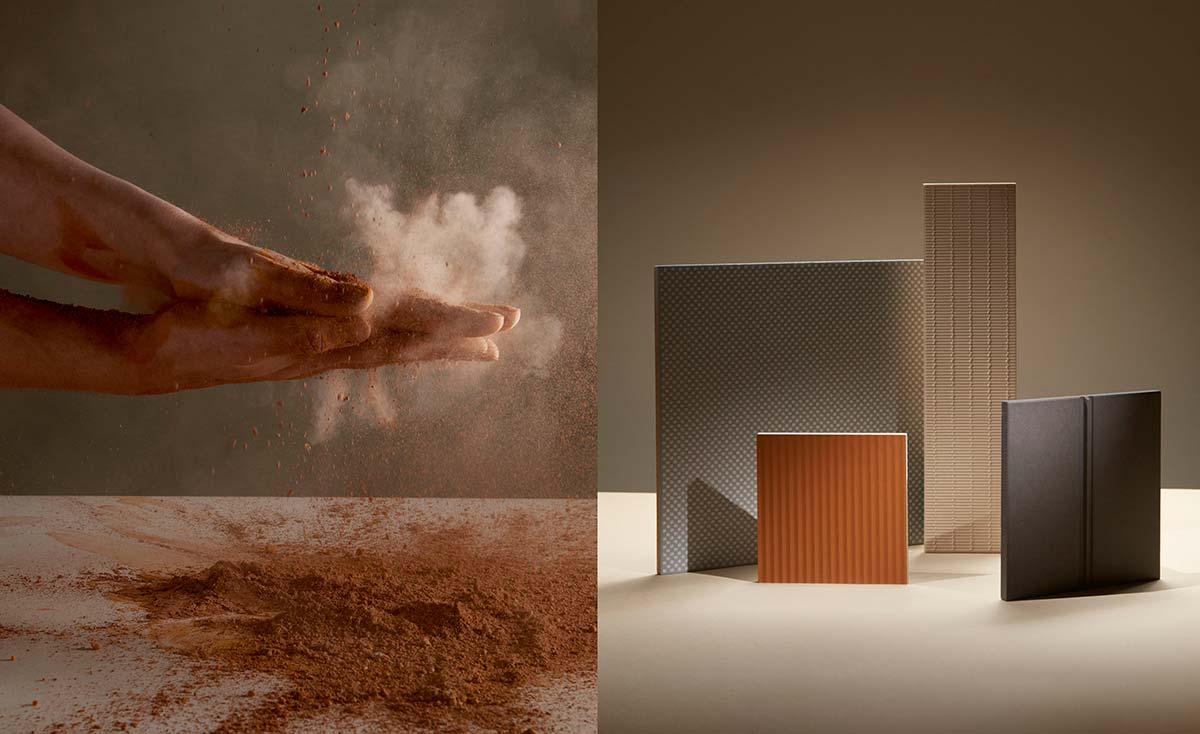
Your rise in the world of design has been rapid, and can be considered a big success. How did you achieve this, and what do you think have been the decisive factors?
I opened my studio in 2015, and as you can well imagine it was a shot in the dark, and also an economic wager. I did not have a mentor, or anyone who could suggest the right steps to be taken. I had to make a deal with myself, to test my abilities and my passion for the job on a daily basis. I believe the key is to always concentrate on an objective. I did not set out to make as many products as possible, but by trying to learn as much as I could by working in the field. You learn something new every day, especially about materials and workmanship. Even a disappointment can be an achievement, because it helps you not to make the same mistakes again.
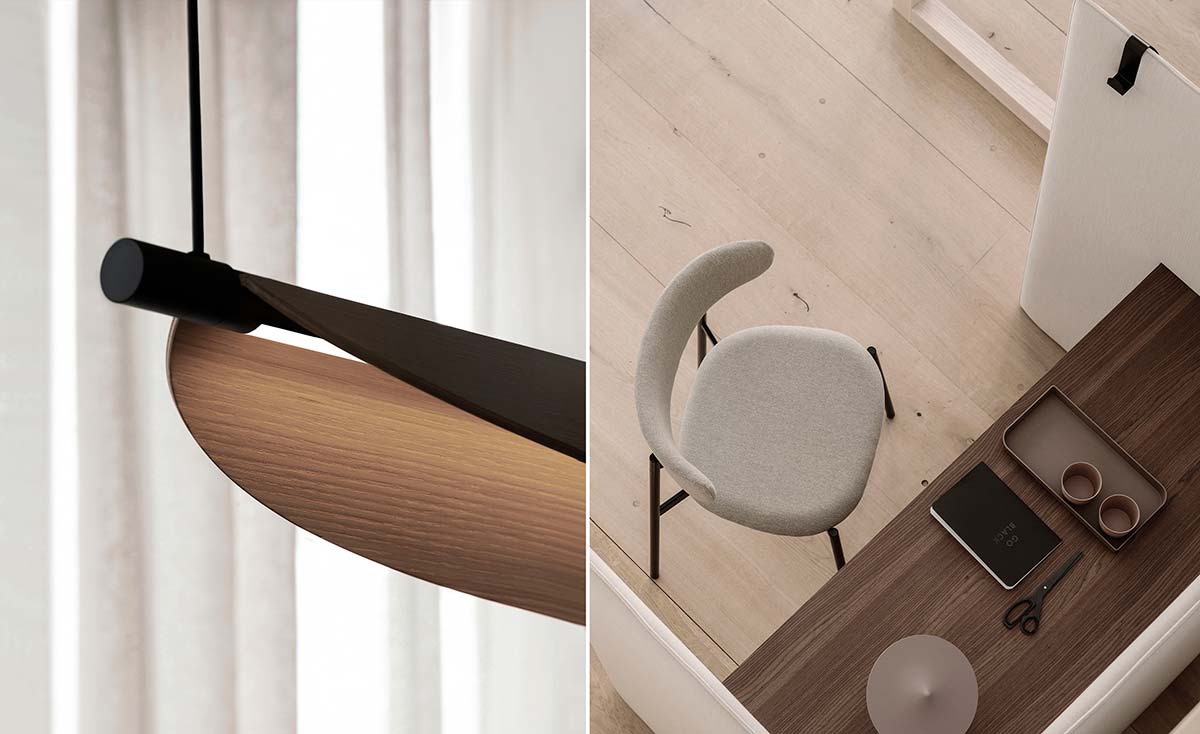
You are truly a ‘young talent.’ Many people take part in the SaloneSatellite and similar showcases, but few are able to make the necessary leap of quality. Do you have some advice for the new generations?
Advice? Don’t look at what the others are doing. Each person has their own story, their own path. Many people said to me, “but are you sure you don’t want to work in someone else’s studio for a few years?” I thought about it a lot, and I was making a portfolio to apply for work in several studios in Holland, when an unexpected work opportunity arose. So I decided to set out on my own – there is no right thing, or wrong thing to do. The fact of not having contaminations with the thinking of another studio was a stroke of luck for me, to find my own style. At the same time, with hindsight I believe that working in a studio might have helped me to avoid certain errors. But it is all part of the game.
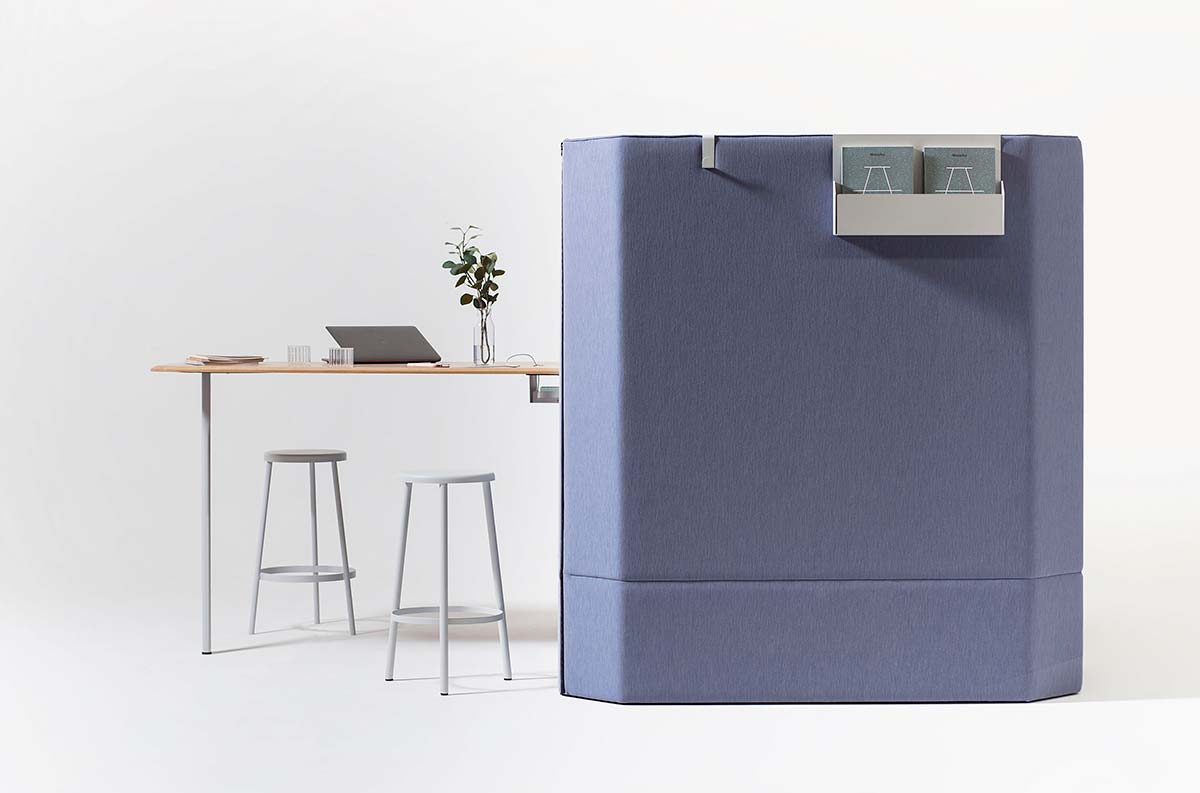
What point do you think your career has reached today? What are the next steps?
In spite of the many projects and collaborations in recent years, my work feels like a game in which the ball has just been put into play, and I have just managed to make contact with it… The next steps are definitely to work with more foreign clients, and to choose the brands I like best, and above all to come to grips with unexplored product types.
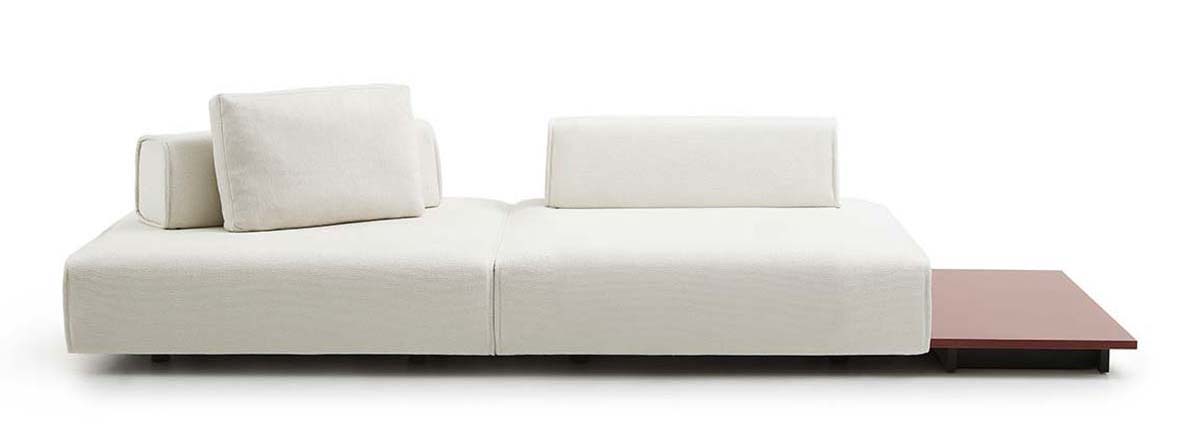
With your ‘fresh’ perspective on the world of design, what are the biggest innovations you are making, or would like to make? What are the fields of experimentation you feel are worth investigating?
It’s complicated to talk about innovation, because it is always a team effort with the companies, and it often springs from a synergy between the designer and the client. I believe that in this moment innovation is happening in materials and production technologies. One of my dreams is to work more with digital technology.
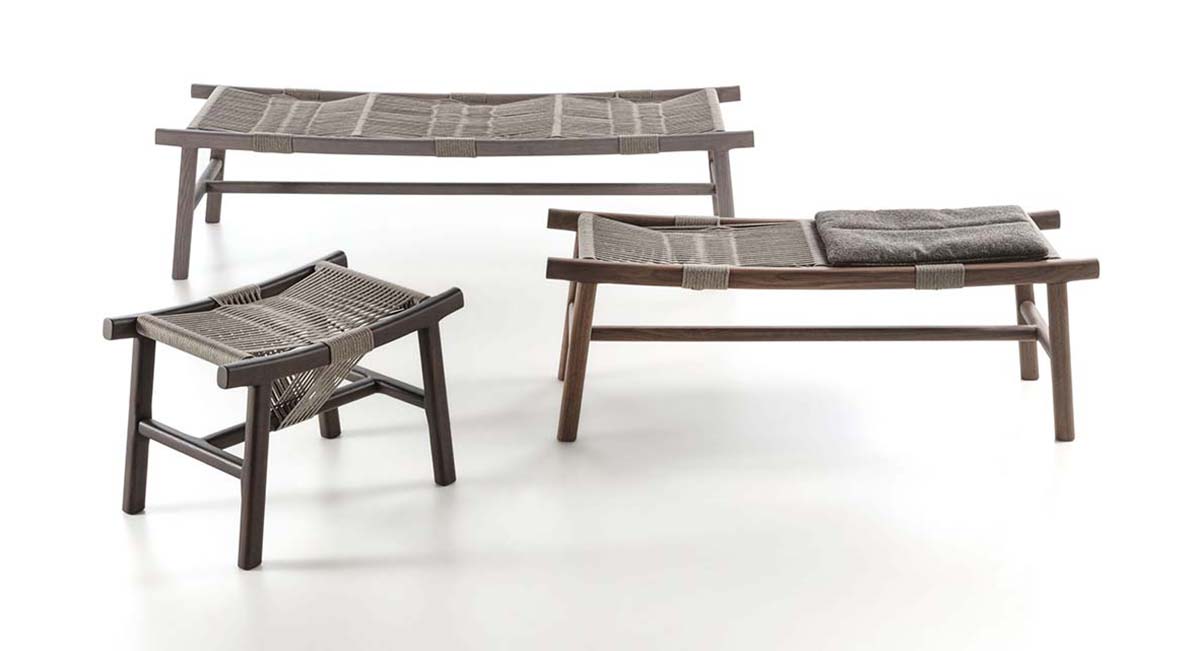
Speaking of products: every job you do is different from the others, in terms of clients and goals. What is the common denominator?
It’s a game of balance, depending on the product type and the needs of the company. I like products to be simple, and elegant in their simplicity, so the process of subtraction is always there; but I never push products to become minimal. I believe the goal is to always simplify the vision of the industrial complexity of a product, to only reveal the necessary content.

You have worked on the world of the office, lighting, upholstered furniture, outdoor furnishings, tableware. Is there one area you feel pertains to you, or one that has been particularly hard to grasp?
I feel at ease in the whole world of furnishings in general, and tableware. The most complex products are those that require many types of compliance and testing, as in the world of the office. It is difficult to express absolute creativity when there are so many fixed parameters, not only in terms of technology but also in relation to the ‘economic and aesthetic’ rules of the market, and the major investment groups.
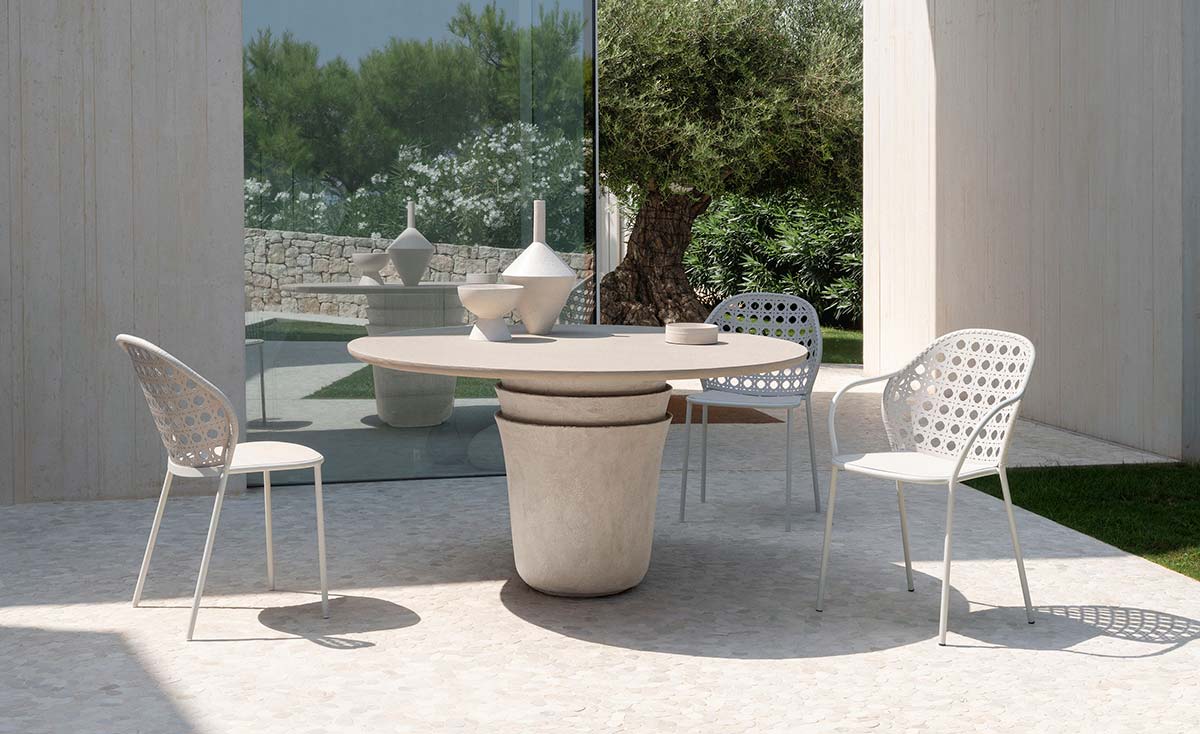
Today I believe the profession of the designer is very challenging, and companies are very precise about their requests. Is there any space for free creativity? What is your relationship with the firms with which you work?
That is a difficult question, and I would be lying if I said there is lots of freedom. I would like to reach the point of being able to choose, and sometimes to say no. That is the direction in which I would like to move. This is why it should be said that when you judge the work of others, you should always ask yourself “how much freedom of action did they have? What was the brief?” Actually, people believe a company with a forceful role is a negative thing, but instead I think working with companies that have clear ideas is an excellent way to approach the process of industrial creation. But it is also true that companies should trust designers, without always trying to make ‘cute’ and ‘saleable’ products in the span of a few years. If that is the approach, our profession will no longer exist, and the contribution of the designer will be reduced to imitating something already done by others. The further you progress, the more the companies trust you… in recent years I have worked with many clients who have trusted in my abilities.
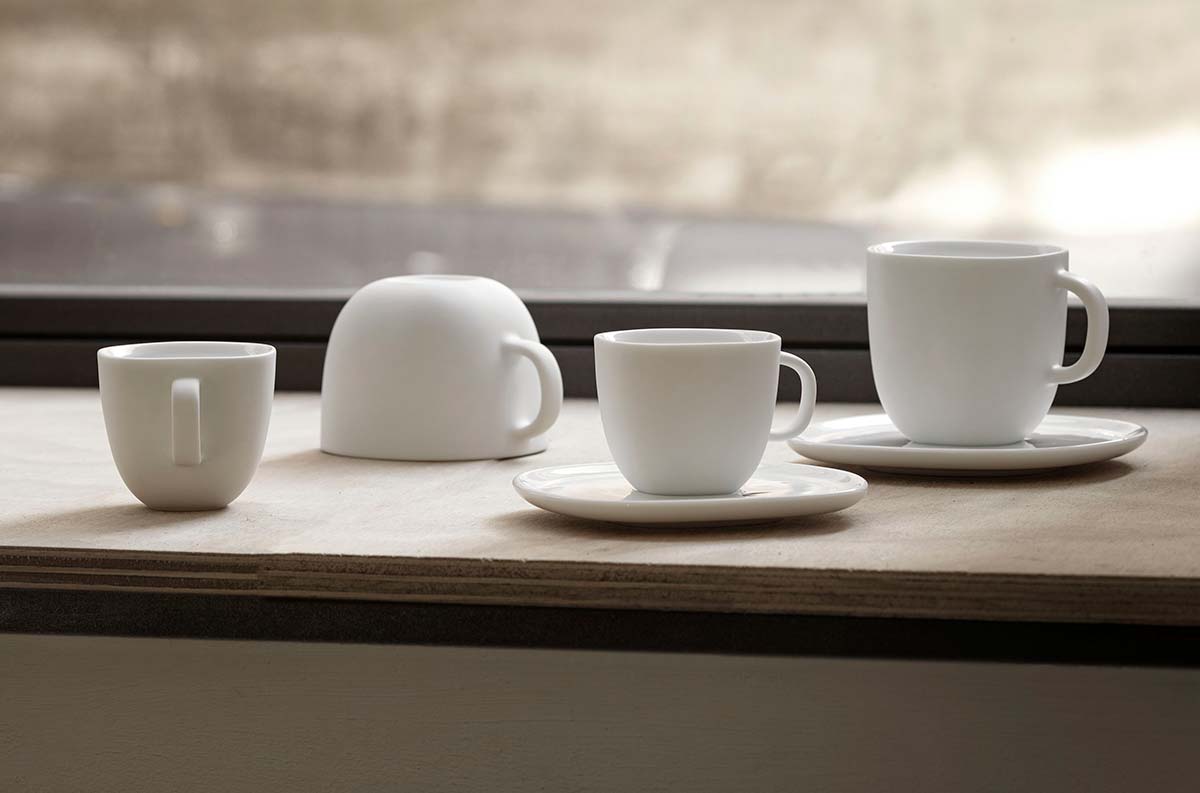
Beyond products, you also work directly on art direction for several brands. What are the implications of the 360-degree perspective?
For me art direction is a bit like gymnastics, a challenging relay race. It is a complicated job, and beyond being creative it is a political role. More than in product design, in art direction you have to learn to work with constraints, but also with the different thoughts of a working team. It is a very enriching professional and personal experience, because you learn to have a wider perspective, to understand corporate dynamics. You can begin to no longer have a single vantage point, and your realize that everyone has a valid position in the debate. You have to always be the one who makes the difference (gradually, with lots of patience), but without trying to change the client’s DNA.
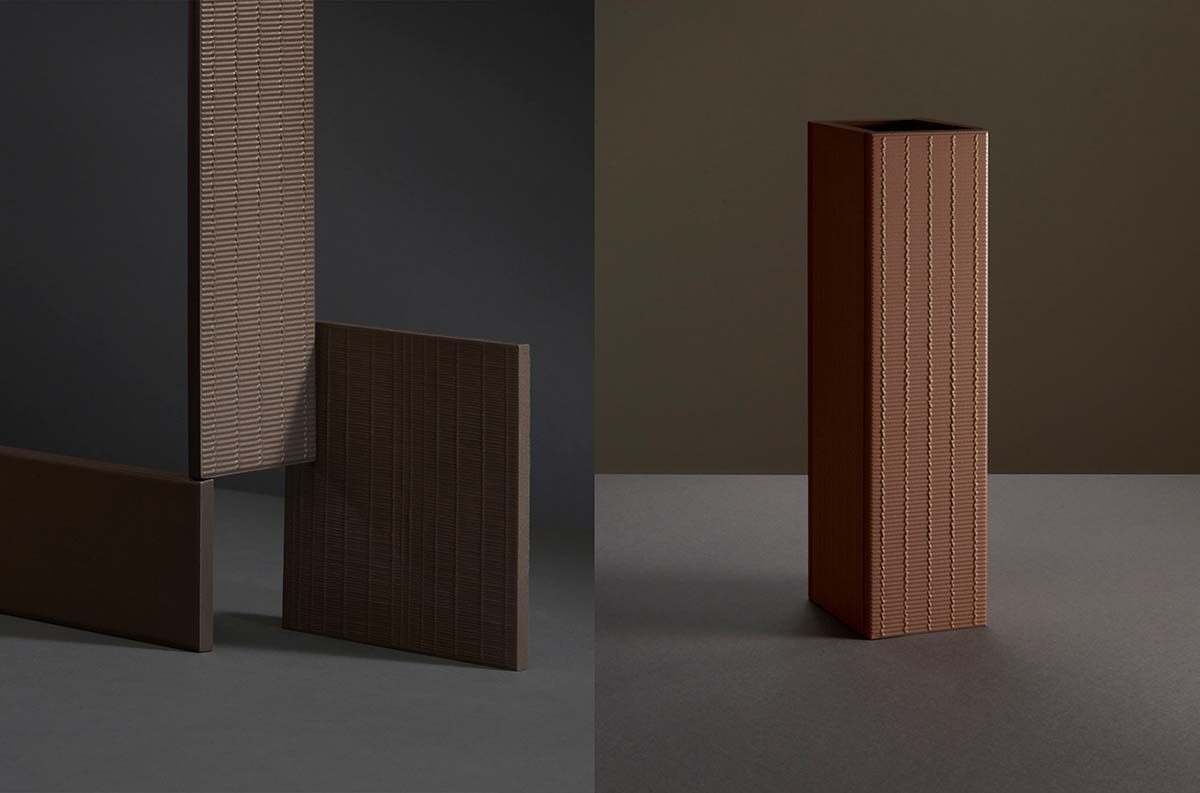
I’m thinking about the art direction for Decoratori Bassanesi. What has been the starting point and the effort of ‘restyling’ implemented on the brand and its products?
Decoratori Bassanesi is a healthy company with a very young approach. I agree with the term implementation. I have worked on certain gaps, as in the collections, starting with the design of Wabi-Sabi, a collection that is having great success. Then I called Norm Architects to work with us, asking them to make a product that is architectural and natural. On the topic of naturalness, I am working on certain color ranges, graphics, communication, narrating the firm’s progress through photographs, bringing the thinking and the language we want to transmit into the open.
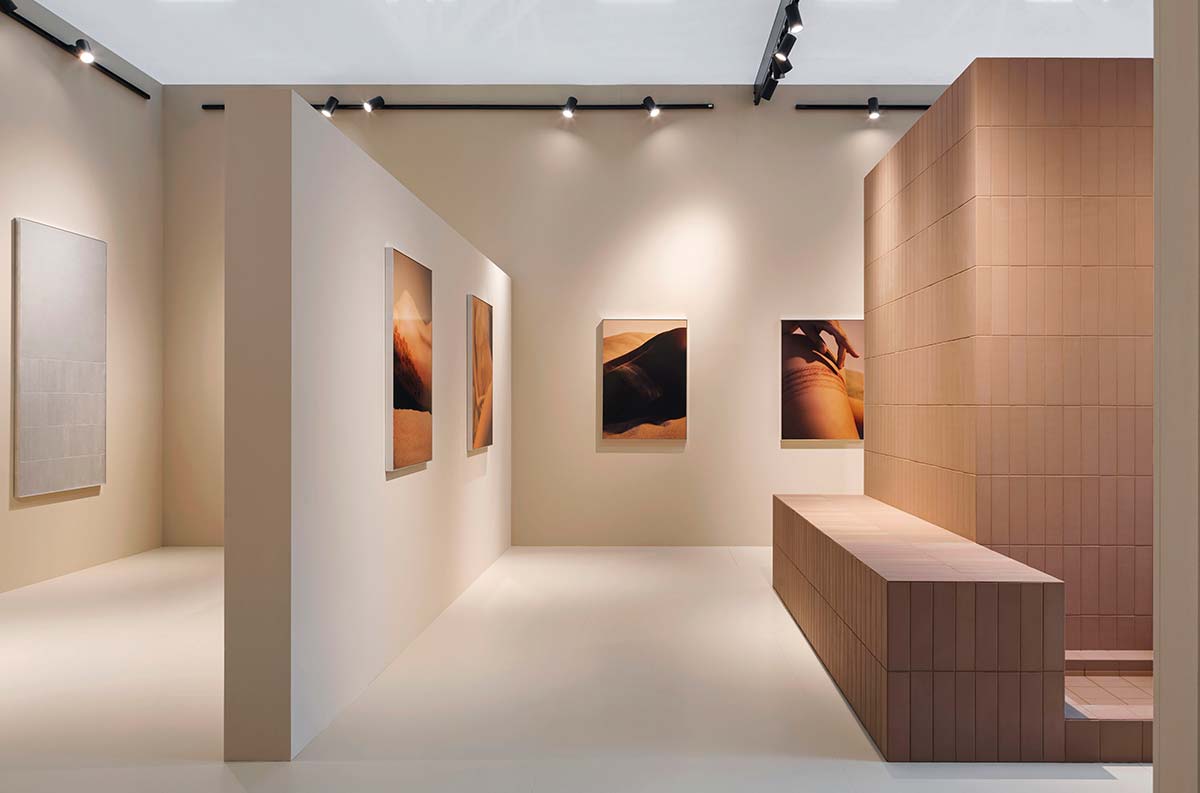
With this collaboration you have also touched on the world of surfaces: one step closer to the architectural sphere. What is the difference between designing a surface and designing a piece of furniture?
Designing a surface is like designing a product, but with a deeper, more respectful analysis of the space and the context. You cannot imagine a surface without considering what it will be like once it is installed. For the Wabi-Sabi collection I have worked hard on the relationship between the product and the human being, a very natural palette, tactile effects and non-invasive decorations that are nevertheless vivid presences. Everyone has their own taste, and mine is definitely aimed at an audience that perceives design as an added value, not necessarily underlining decorative aspects.
Will you be shifting into interior design projects?
Designing the booth for Decoratori Bassanesi was undoubtedly a step towards architecture; in fact, the idea was not to create a classic booth, but to make a true exhibition space with a strong, almost monumental presence in the space. I love architecture, and it will undoubtedly become a part of my career.

